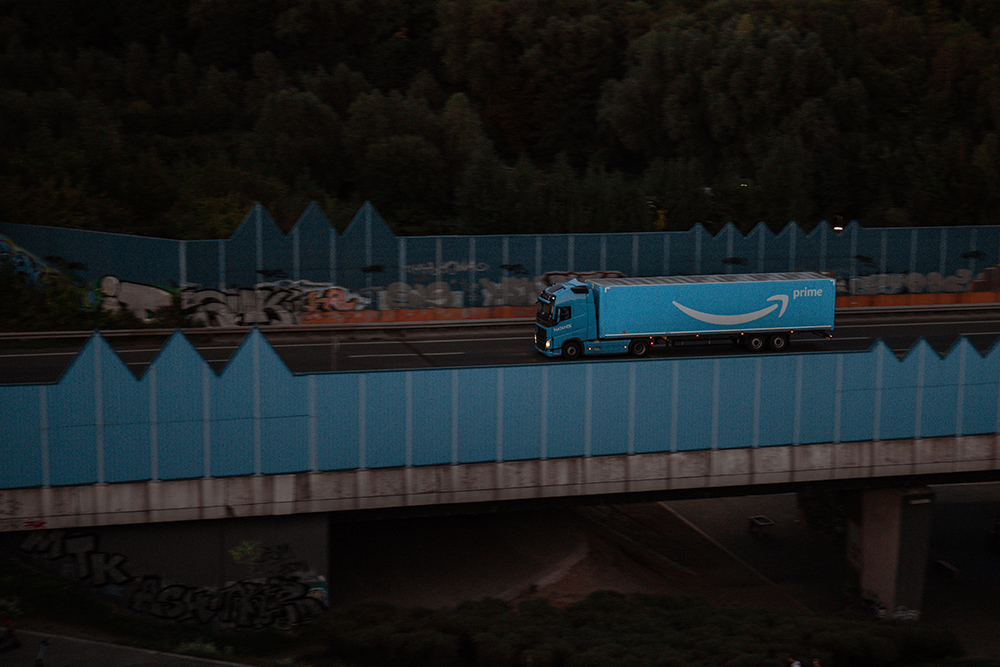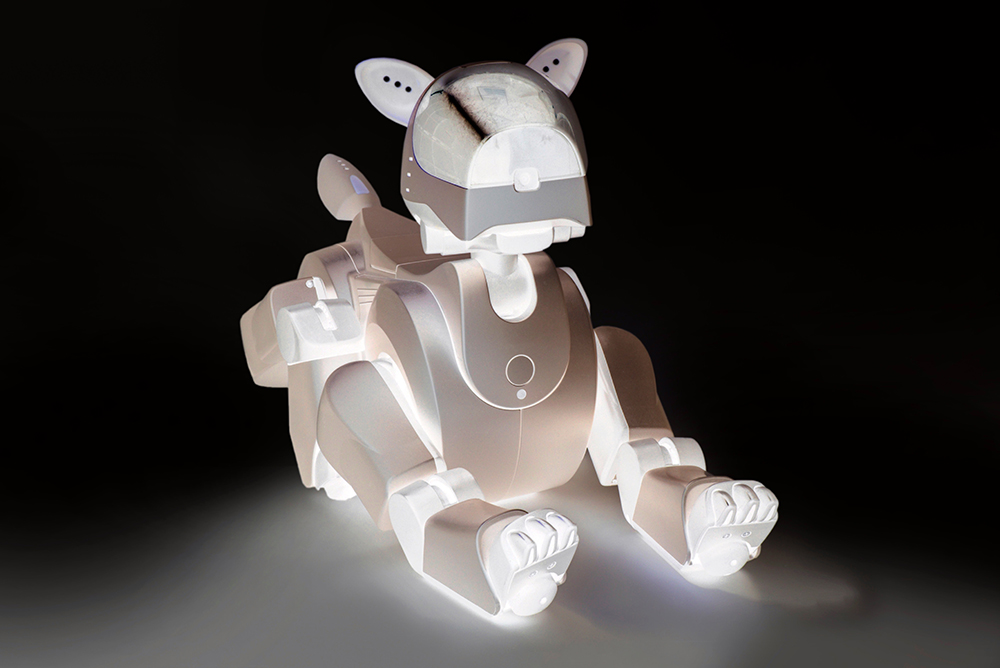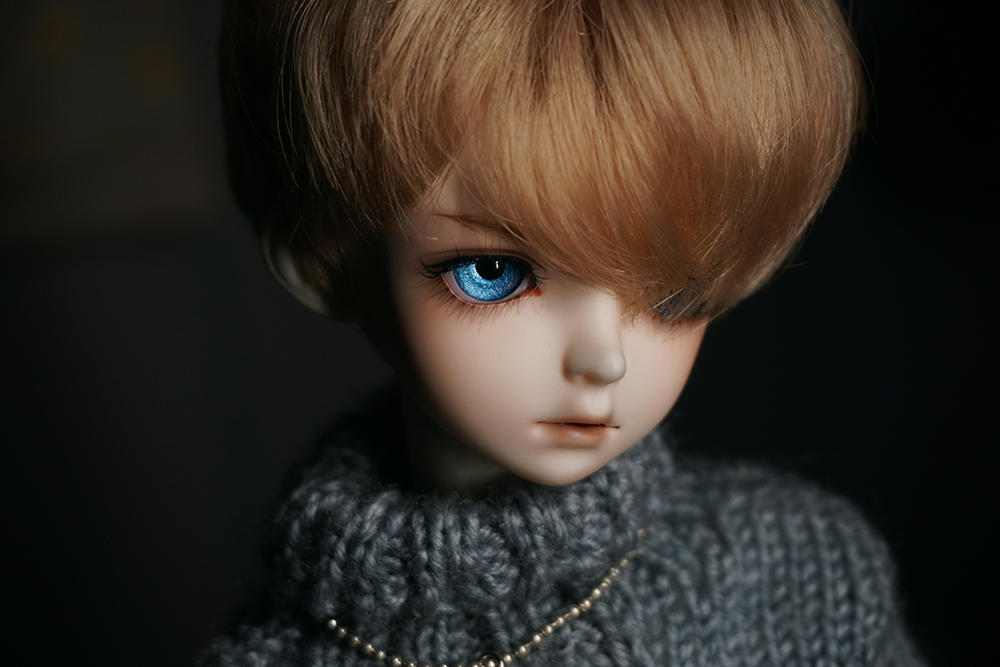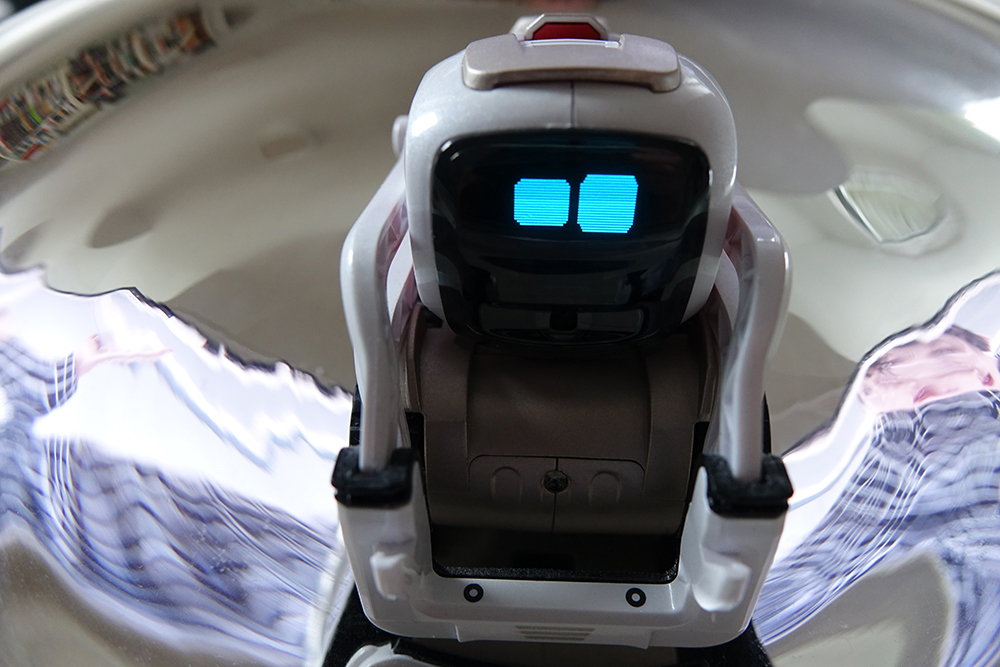During an online event on 28 September 2021, Amazon unveiled its first home robot. Astro is as small as a vacuum cleaner and has a display that forms its head. It is supposed to take over household tasks – as reported by SPIEGEL ONLINE. It can drive around the house when the residents are away, sending them live images. It should be able to recognize the sound of shattering glass and alarm signals from smoke detectors – so it would have functions familiar from security robots. Furthermore, it should be possible to keep in touch with older relatives via Astro. Its camera can be extended so that it is at eye level and can also look over obstacles. Of course, the robot also offers an interface to Alexa. Unlike Elon Musk’s Optimus, Astro is already a product. However, it is a product that can initially only be purchased in the US and only after an application.
The Idea of a Tesla Bot
Elon Musk presented the idea of a humanoid robot that – according to Manager Magazin – could take on dangerous, repetitive or boring tasks in the future. The Tesla Bot will be about five feet eight inches (just under 1.73 meters) tall, weigh 57 kilograms, and be able to do numerous jobs, from putting screws on cars to picking up groceries at the store – this is what the German magazine reports. It will be equipped with eight cameras and a full self-driving computer, and will use the same tools Tesla uses in its cars (Manager Magazin, 20 August 2021). According to the announcement, the robot will be able to take over physical work. But that’s exactly what service robots are struggling with at the moment, especially humanoid models. The visualization hardly allows any conclusions to be drawn about the capabilities of the prototype, which is to be available as early as 2022. Eyes and mouths could appear on a large display in the head area and mimic abilities could be implemented. When it is turned off – as seen in the video – the robot appears creepy and unapproachable. Arms and feet are unlikely to be suitable for carrying the body in this form. Joints can also only be seen in rudimentary form. Overall, it is unclear why Tesla, of all companies, should close the gaps that are still present at Sony, SoftBank and Boston Dynamics even after many years.
From AIBO to CyberDog
Xiaomi has unveiled CyberDog, a four-legged robot that could be a competitor to Sony’s AIBO. According to the Chinese company, it is calibrated with servo motors that translates into great speed, agility, and a wide range of motion. It is able to conduct complicated actions such as backflips. “To fully model biological organisms, CyberDog is equipped with 11 high-precision sensors which provide instant feedback to guide its movements. This includes touch sensors, cameras, ultrasonic sensors, GPS modules, and more, giving the CyberDog enhanced capability to sense, analyze, and interact with its environment.” (Mi Blog, 10 August 2021) Unlike AIBO, CyberDog looks rather frightening. This is because it does not have an actual head. In this it is comparable to Spot from Boston Dynamics. Nevertheless, it is intended to function as a pet substitute. “To add to its pet-like nature, users can use voice assistants to command and control CyberDog by setting a wake word, or simply use its accompanying remote and smartphone app. CyberDog can be called on for the most unique tasks, and the ways in which it can be interacted with holds unforetold possibilities.” (Mi Blog, 10 August 2021) The future will show whether users want to become friends with CyberDog.
Little Sophia
Hanson Robotics is most famous for Sophia. Now the Hong Kong-based company is preparing to launch a new robot. According to the website, Little Sophia is the little sister of Sophia and the newest member of the Hanson Robotics family. “Little Sophia can walk, talk, sing, play games and, like her big sister, even tell jokes! She is a programmable, educational companion for kids, that will inspire children to learn about coding, AI, science, technology, engineering and math through a safe, interactive, human-robot experience. Unlike most educational toys designed by toy companies, Little Sophia is crafted by the same renowned developers, engineers, roboticists and AI scientists that created Sophia the Robot.” (Website Hanson Robotics) In photos, Little Sophia looks even creepier than Sophia. In videos, this impression is no different. The boy in the photo could be Little Sophia’s brother. What is special about her is that she has a wide range of facial expressions. It must be emphasized that, as in the case of Sophia, this is not a virtual face, but a real one. From a technical point of view, this is without a doubt an interesting product.
From Cozmo to Moxie
In 2016, the roboticist Maja Matarić founded Embodied, together with Paolo Pirjanian, former CTO of iRobot. In April 2020, the company started accepting preorders for Moxie, its first social robot. “Whereas other companion robots like the household assistant Jibo or Paro the robotic seal are designed for adults or the elderly, Moxie is built to foster social, cognitive, and emotional development in children. These are skills that are typically imparted to kids by their parents, teachers, and other adults, but Pirjanian noticed that many families want some extra help.” (Wired, 30 April 2020) According to the company, weekly themes and missions with Moxie explore human experiences, ideas, and life skills like kindness, empathy, and respect. Showing emotions is an important skill of social robots. SoftBank has created a model example with Pepper. Cozmo by Anki – currently not available – can also show emotions, even a multitude. And both Pepper and Cozmo create emotions in the user. Cozmo and Moxie have something in common, namely an effort of Pixar: “Taking a page from Anki’s Cozmo playbook, the company has enlisted the help of employees from Pixar and Jim Henson to flesh out the real-world robotic character. At first glance, the results are plenty impressive.” (TechCrunch, 4 May 2020)
Online Survey on Hugs by Robots
Embraces by robots are possible if they have two arms, such as Pepper and P-Care, restricted also with one arm. However, the hugs and touches feel different to those made by humans. When one uses warmth and softness, like in the HuggieBot project, the effect improves, but is still not the same. In hugs it is important that another person hugs us (hugging ourselves is totally different), and that this person is in a certain relationship to us. He or she may be strange to us, but there must be trust or desire. Whether this is the case with a robot must be assessed on a case-by-case basis. A multi-stage HUGGIE project is currently underway at the School of Business FHNW under the supervision of Prof. Dr. Oliver Bendel. Ümmühan Korucu and Leonie Brogle started with an online survey that targets the entire German-speaking world. The aim is to gain insights into how people of all ages and sexes judge a hug by a robot. In crises and catastrophes involving prolonged isolation, such as the COVID 19 pandemic, proxy hugs of this kind could well play a role. Prisons and longer journeys through space are also possible fields of applications. Click here for the survey (only in German): ww3.unipark.de/uc/HUGGIE/ …
The HUGGIE Project
The first phase of the HUGGIE project will start at the School of Business FHNW in March 2020. Oliver Bendel was able to recruit two students from the International Management program. The project idea is to create a social robot that contributes directly to a good life and economic success by touching and hugging people and especially customers. HUGGIE should be able to warm up in some places, and it should be possible to change the materials it is covered with. A research question will be: What are the possibilities besides warmth and softness? Are optical stimuli (also on displays), vibrations, noises, voices etc. important for a successful hug? HUGGIE could also play a role in crises and disasters, in epidemics and pandemics and in cases of permanent social distancing. Of course it would be bad if only a robot would hug us, and of course it would be good if humans could hug us every day if we wanted them to do so – but maybe in extreme situations a hug by a robot is better than nothing. The HUGGIE project is located in the heart of social robotics and on the periphery of machine ethics. It is inspired by the work of Ishiguro, but especially by the research on HuggieBot. By summer 2020, the students will conduct an online survey to find out the attitudes and expectations of the users.






